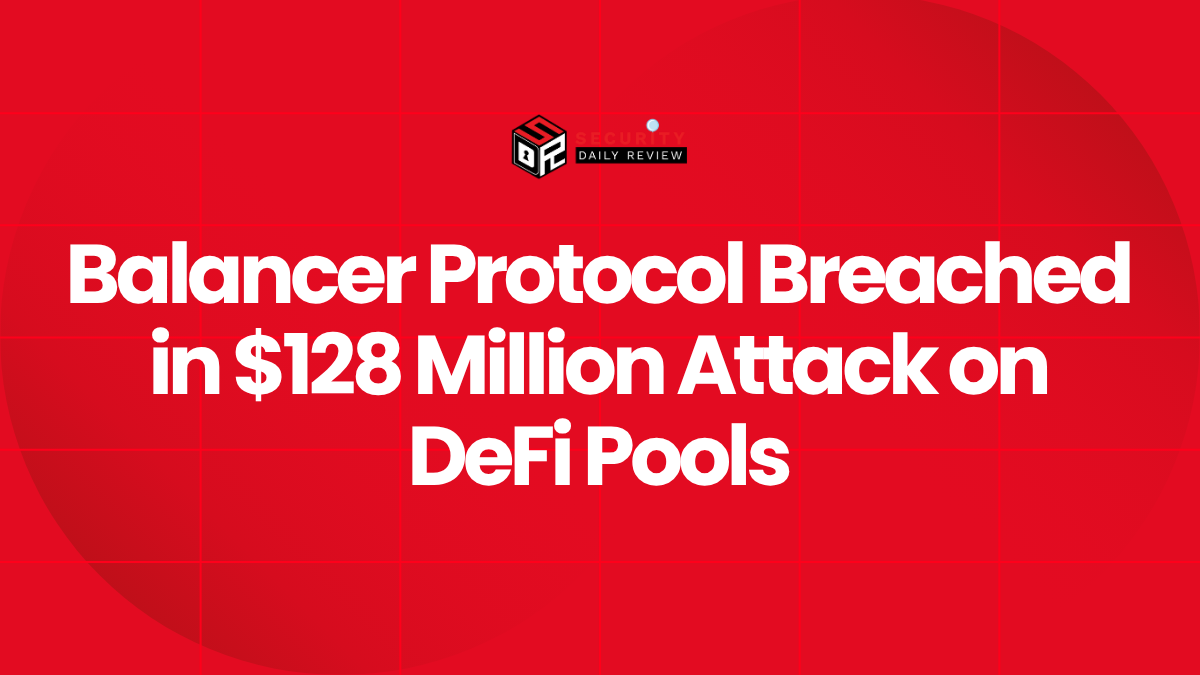A major security incident has rocked the decentralized finance (DeFi) sector with Balancer Protocol confirming a massive exploitation of its version 2 (v2) liquidity pools. The attack, estimated to have drained over $128 million in digital assets, highlights ongoing vulnerabilities in decentralized financial platforms and their underlying smart contract infrastructure.
Sophisticated Exploit Strikes Balancer’s Smart Contract Pools
Balancer Confirms Post-Attack Losses and Investigations
Balancer Protocol, a well-known automated market maker and decentralized exchange platform, issued a confirmation that multiple v2 pools were compromised in a cyber attack. The Balancer team acted quickly to pause affected components and warn liquidity providers of potential vulnerabilities. However, attackers had already executed complex transactions designed to siphon significant funds from the protocol’s smart contracts.
While Balancer did not initially release a formal breakdown of tokenized losses, external estimates from blockchain analysts pegged the damages in excess of $128 million. The entity behind the exploit remains unknown, and a full post-mortem on the breach is ongoing.
Attack Uses Flash Loans and DeFi Arbitrage for Maximum Extraction
Advanced Tactics Exploited Liquidity Logic Across v2 Architecture
Although specific technical details have not been fully disclosed, early analysis by independent blockchain security experts suggests that attackers deployed flash loans—a DeFi-native tool that allows for rapid, uncollateralized borrowing within a single block—to manipulate Balancer’s pool logic.
These are likely some of the key tactics used:
- Flash loans to simulate exaggerated volumes or price imbalances
- Arbitrage techniques that exploited the internal pricing mechanisms of multi-asset pools
- Vulnerabilities within Balancer’s routing or liquidity aggregation logic during trades
The composability of DeFi components, while a powerful feature for developers, also creates systemic risk, as different smart contract-based services become the target of chained exploits.
Impact Highlights Risks in DeFi Platforms’ Smart Contract Code
Limited Recourse and Decentralized Governance Complicate Response
Unlike centralized exchanges or custodial crypto platforms which can freeze assets or roll back transactions, decentralized protocols such as Balancer rely on immutable smart contracts and autonomous community governance. Once malicious transactions are confirmed on-chain, recovery options are extremely limited.
Balancer did issue advisories recommending immediate withdrawal from vulnerable pools, and the protocol’s emergency controls were activated to halt any remaining exploitable components. However, the attack once again illustrates that DeFi platforms continue to face significant challenges in smart contract auditing and incident response.
This event follows a growing pattern of large-scale attacks on DeFi networks:
- The Curve Finance exploit earlier this year, involving $70 million in losses through reentrancy attacks
- The Euler Finance hack in 2023 that led to a temporary theft of $200 million in tokens
- Repeated exploits using protocol composability and flash loans to manipulate asset values
Balancer’s Next Steps Highlight Importance of Security-Centric Development
Need for More Rigid Smart Contract Design Processes
In response to the attack, Balancer is expected to conduct a full forensic audit and re-architecture of its affected liquidity pools. Security researchers have emphasized the importance of rigorous testing, internal code audits, and bug bounties to identify potential vulnerabilities prior to mainnet deployment.
In particular, the DeFi security community continues to advocate for:
- Formal verification of smart contract behavior
- Use of ‘pause guards’ that can be triggered by governance in emergencies
- More granular permissions regarding DeFi operations involving pooled assets
- Increased funding for third-party audits prior to upgrades or new pool launches
Balancer’s latest breach will likely reignite calls for more transparent and enforceable standards in DeFi cybersecurity, including incentivizing disclosure programs and mandatory security certifications for major protocol upgrades.









